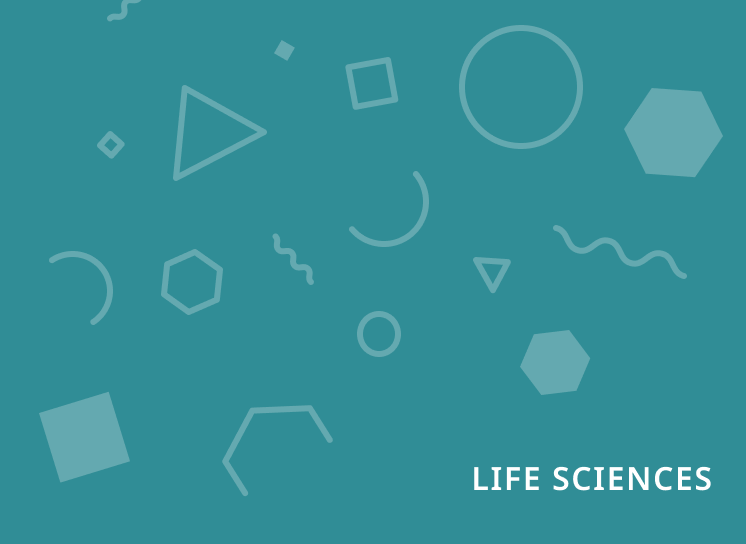
Healthcare Insights
Feb 15, 2023
Insights for Life Sciences | February 1, 2023
Life sciences companies use real-world evidence (RWE) to make key decisions throughout a therapy’s life cycle — from research and development (R&D) to clinical trials to commercial operations.
Pfizer and Boehringer Ingelheim have built centers of excellence (CoEs) to accelerate the use of real-world data and real-world evidence across their organizations. Tom Dougherty, director of RWE Partnerships and Innovation for Pfizer, and Paul Petraro, executive director and global head of the RWE Analytic Center of Excellence at Boehringer Ingelheim, joined Sapna Prasad, PhD, senior director and head of the Clarify Insights team, on a recent webinar to discuss how their RWE CoEs were formed, the work they do today, and where RWE is headed in the future.
Pfizer formed its Real-World Evidence Center of Excellence about two and a half years ago when senior leadership identified the collection and use of real-world data as a critical component for Pfizer to achieve short-term and long-term goals. Before the CoE was formed, real-world data touched many different groups across the organization. Now, the CoE acts as a central hub to support many teams across Pfizer.
“Not only are we responsible for the coordination and the integration of real-world data, but we create data standards for disease definitions, study methodologies, and the governance of real-world data.” — Tom Dougherty, Pfizer
Dougherty has a keen eye for finding new technologies and innovative real-world data sources. He is responsible for forming partnerships with real-world data and technology vendors and then matching internal teams with the right partner to answer their business questions.
“In my role, I wear a lot of different hats, but most of my time is spent on real-world data partnerships. And they really start to form when teams come to me with scientific questions. I try to match them with the best data partner available. And the other part of my role is…trying to find new technologies or innovative data partners to propose to leadership.” — Tom Dougherty, Pfizer
The Real-World Evidence Center of Excellence at Boehringer Ingelheim launched about three years ago. Senior leadership brought all the players together — market access, medicine, health economics and outcomes research (HEOR), epidemiology, and clinical development to collaborate on building a CoE that could centralize real-world data and real-world evidence for all the teams across the organization.
“The data drove these discussions because different parts of the organization were licensing the same data. They were using the same data in slightly different ways, and that leads to confusion. It leads to telling different stories. So, we needed to bring all of that together.” — Paul Petraro, Boehringer Ingelheim
For many years, the life science industry relied on claims and electronic medical record (EMR) data. Even though these data are powerful, both panelists agreed that more data and additional sources of data are needed. With privacy in mind, Dougherty pointed to tokenization as a way to link disparate data sources together and not be limited to just claims and EMR data alone.
“With tokenization, we can now expand and link to social determinants of health (SDoH) data if it’s needed, genetic testing or lab data. Tokenization is valuable to our industry because it brings better insight about the patient journey and disease progression.” — Tom Dougherty, Pfizer
Petraro says it’s important for real-world evidence to be used more consistently and earlier in the product life cycle. For example, understanding the data ecosystem early in drug development reduces the amount of information that needs to be gathered directly from patients and physicians in clinical trials; and this helps reduce the burden on patients and overwhelmed physicians. Thinking about real-world evidence early also ensures the right data is readily available when a business question needs to be answered.
Across the life sciences industry, everyone has a preference for how they want to access or utilize data, and it varies if they are SaaS programmers or business users, explains Dougherty. He says he’d like to create standards and share best practices. For example, it would be valuable to share best practices for how to define specific patient cohorts because it’s not always as easy as identifying a single ICD-10 code.
“It’s about the organization of the data, getting access to it, and then, maybe you have a ‘vault’ of all the ways that you’ve utilized that data. Then, people throughout your company can understand how, when, and why you are using that data and glean insights from the work that you’ve already done.” — Tom Dougherty, Pfizer
Pfizer developed Palbociclib (sold under the brand name IBRANCE®) to treat people with HR-positive and HER2-negative breast cancer. However, breast cancer is rare in men, which made it tough for Pfizer to conduct trials for their expanded indication. So, Pfizer turned to real-world evidence for their submission.
“The FDA gave us the green light for that expanded indication. This laid the groundwork for a lot of organizations and provided a significant step in using data to bring medicines to patients who need it.” — Tom Dougherty, Pfizer
To hear more from Tom Dougherty at Pfizer and Paul Petraro at Boehringer Ingelheim, register to watch the full webinar, “The Future of Real-World Evidence: Pharma’s Next Moves,” where they share more details about their RWE CoEs.
If you’re looking to expand your real-world data assets or conduct real-world evidence studies, visit Clarify’s RWE services webpage to learn how we help pharmaceutical companies accelerate research.